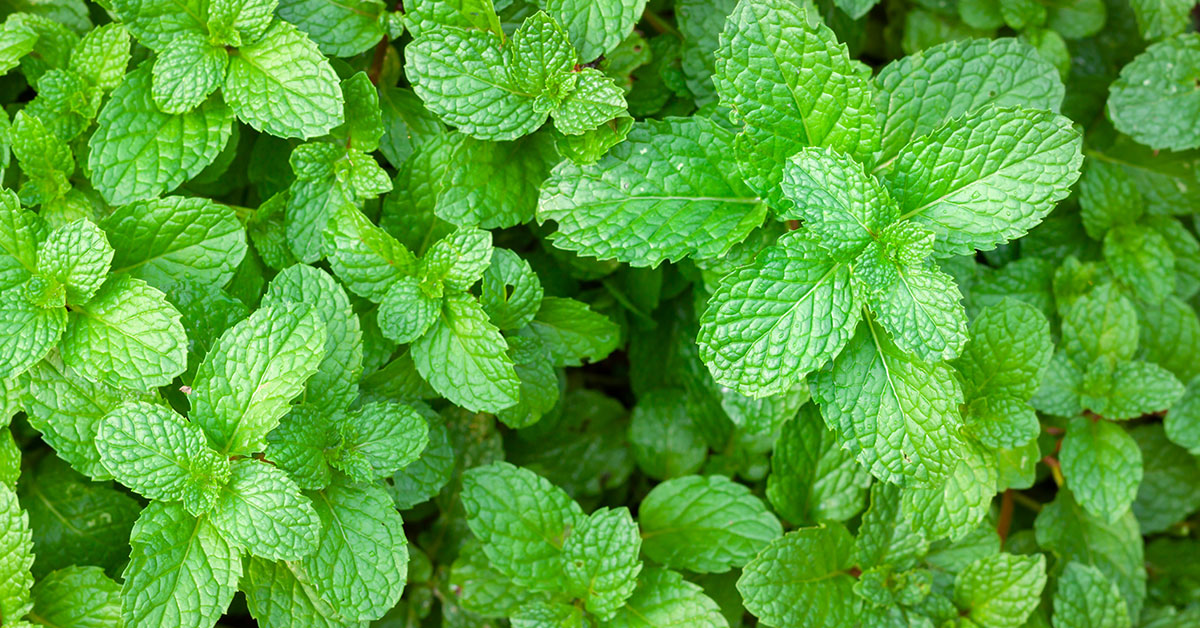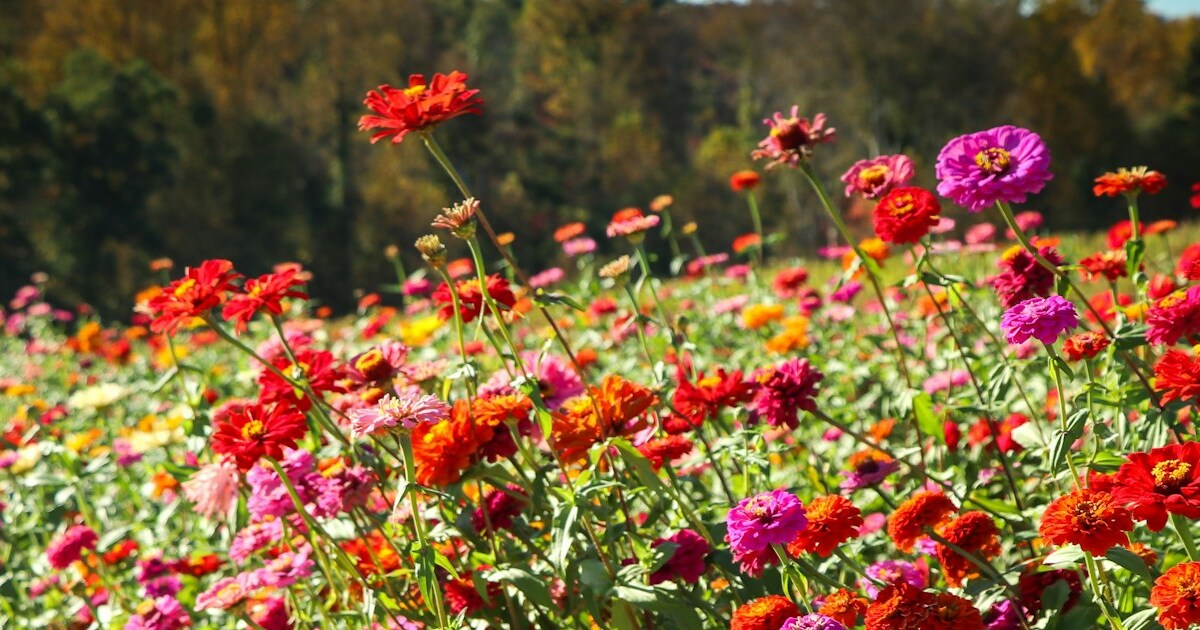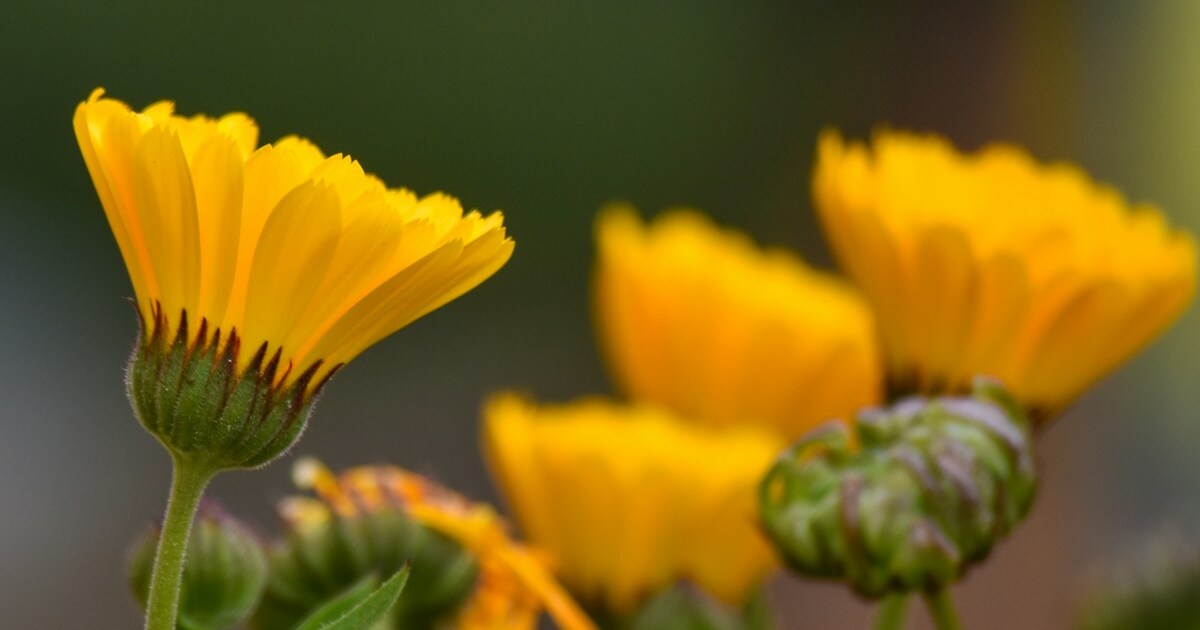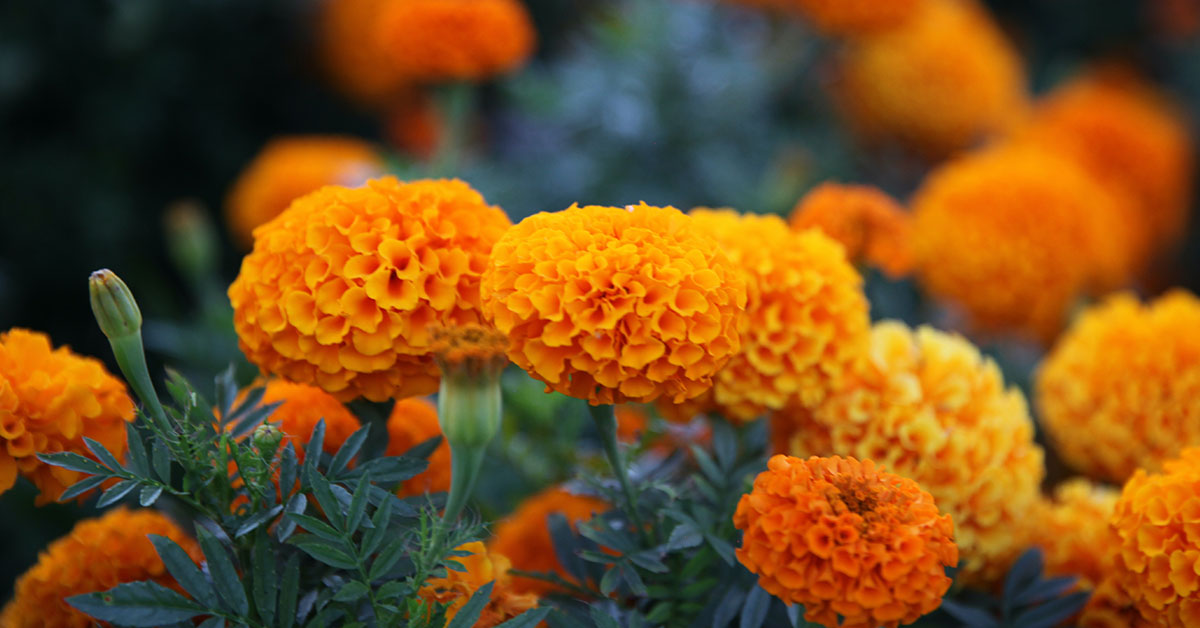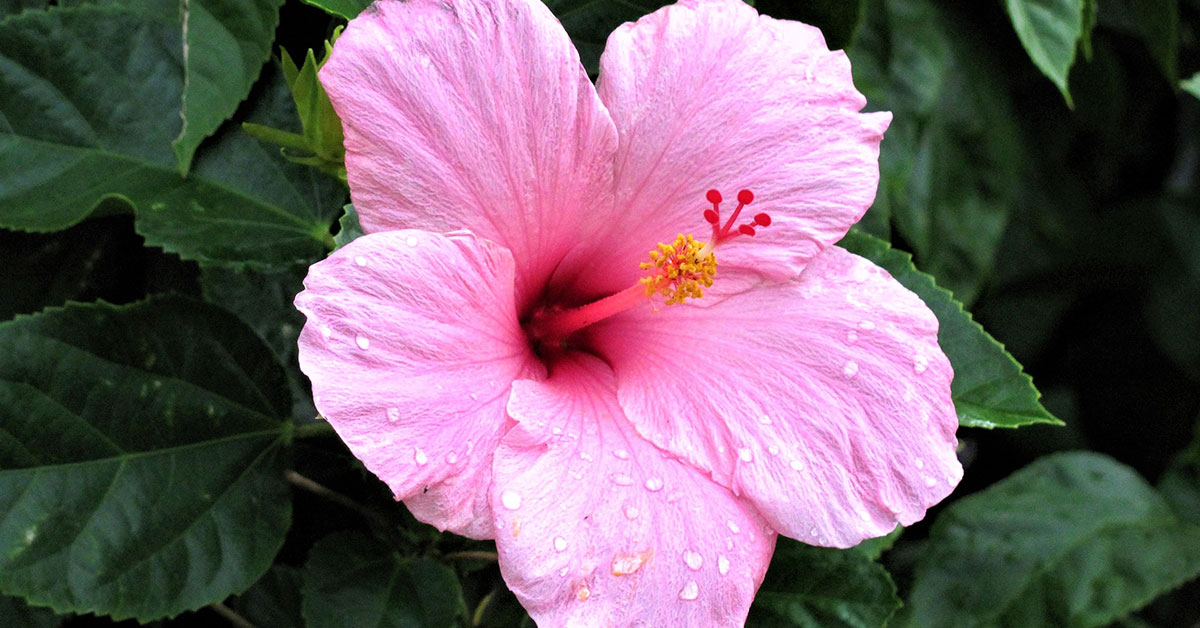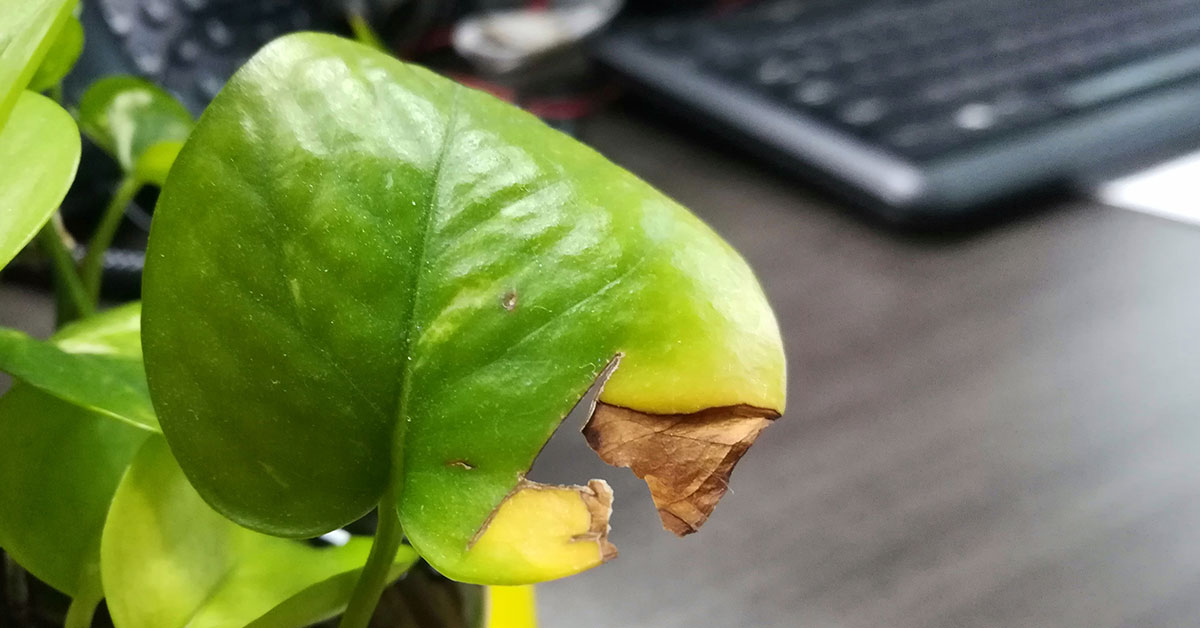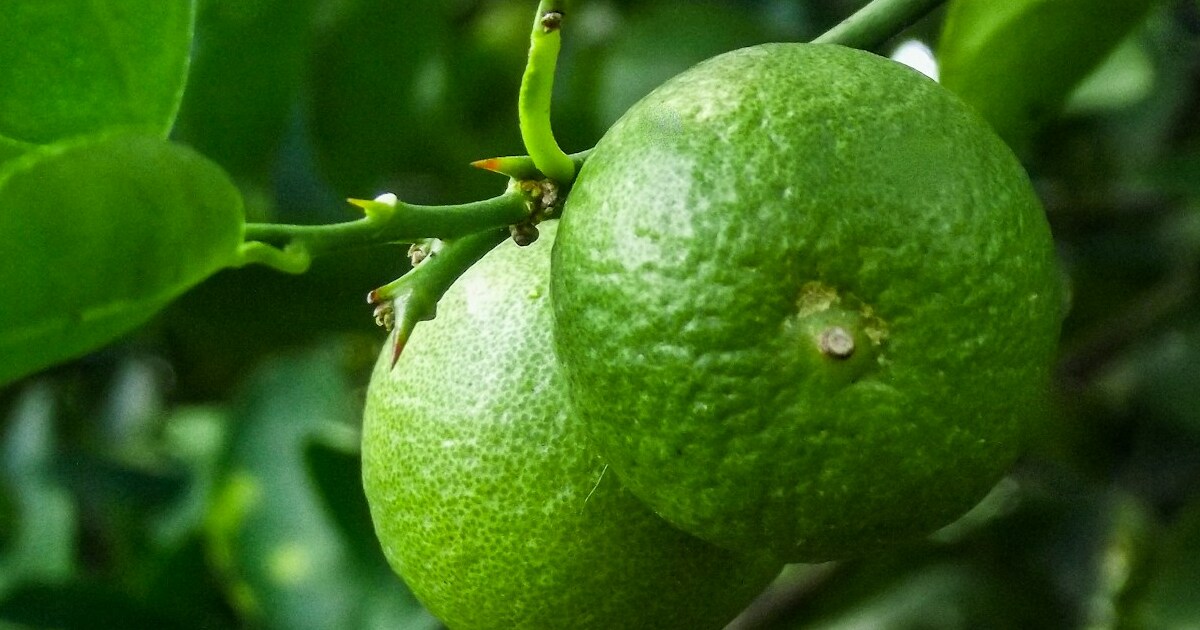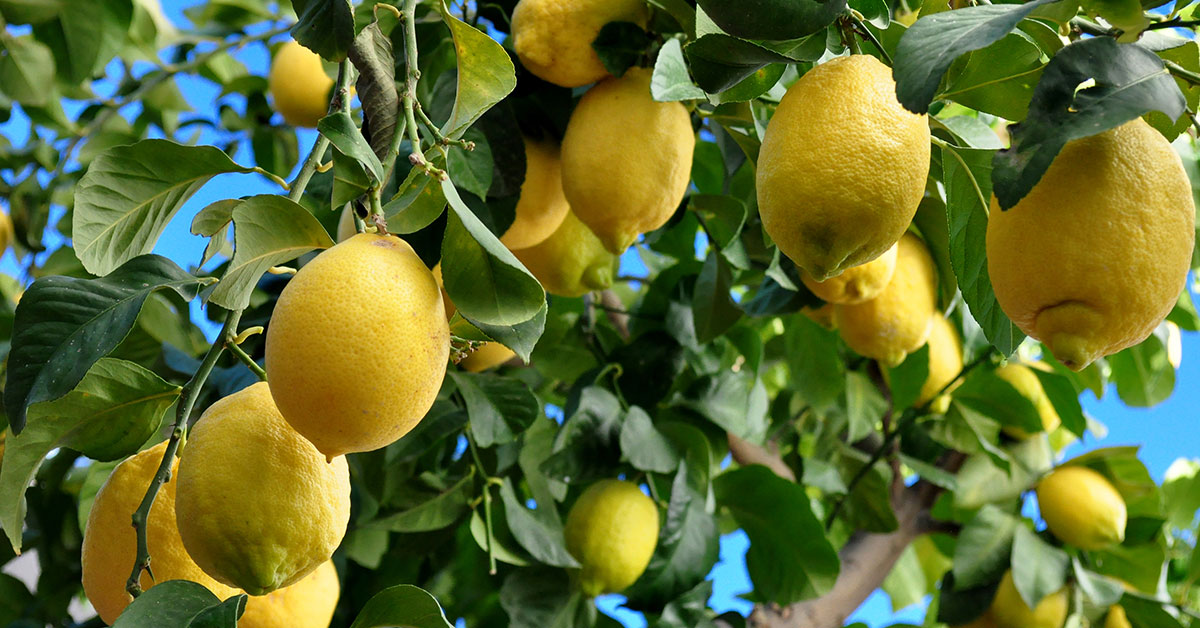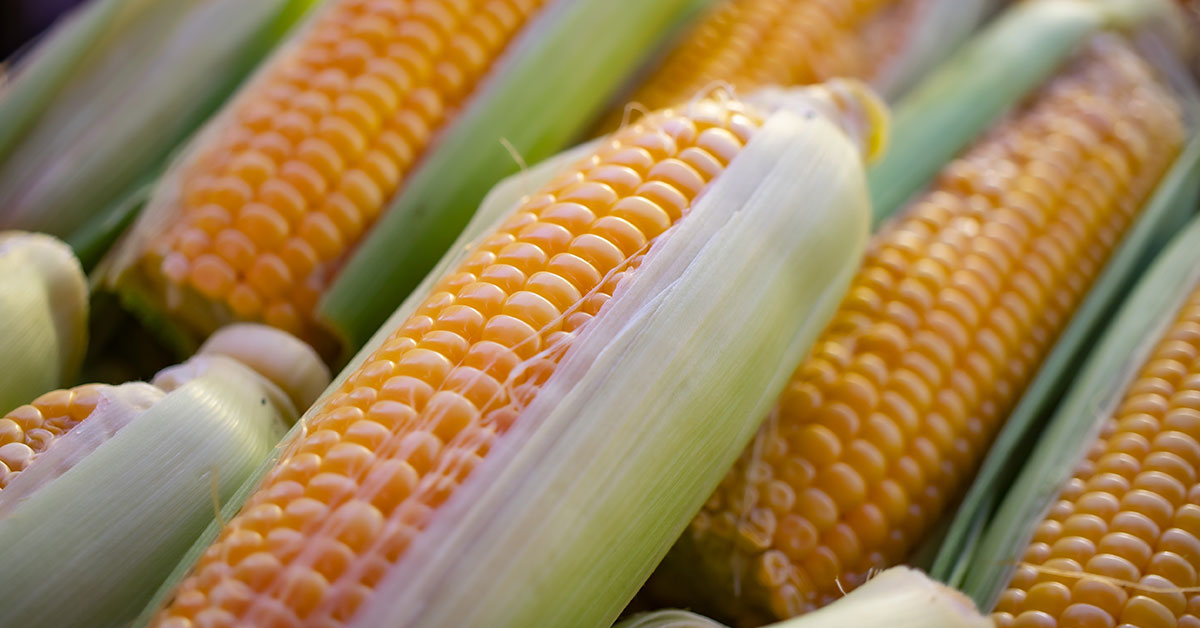Gardening can be a fulfilling and therapeutic hobby, but it comes with its challenges, one of the most common being pests. Fortunately, nature has provided us with beautiful flowers that not only add charm and color to our gardens but also act as natural pest repellents. Integrating these flowers into your garden can help reduce the need for chemical pesticides and create a healthier, more eco-friendly environment.
In this article, I’m excited to share ten flowers that naturally repel pests. These flowers are not only stunning but also functional, helping to protect your garden from unwanted insects. Let’s explore these beneficial blooms and learn how to care for them to maximize their pest-repelling properties. Your garden will thank you!
Marigolds
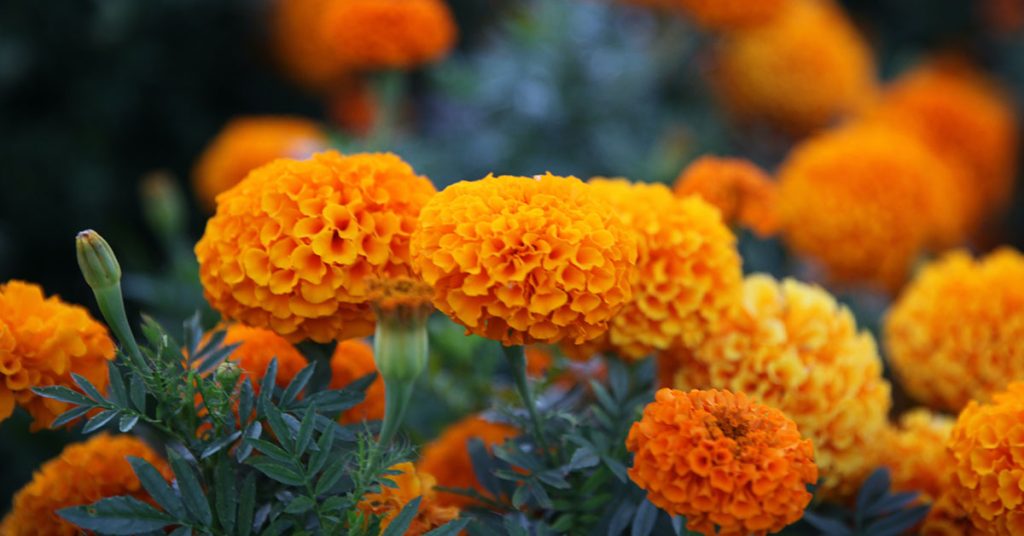
Marigolds are one of my favorite flowers because of their vibrant colors and their ability to repel a variety of pests. Their strong scent is particularly effective against nematodes, aphids, and whiteflies. Planting marigolds around your vegetable garden can act as a natural barrier, keeping these pesky insects at bay.
To care for marigolds, plant them in well-drained soil and place them in a sunny spot. They thrive in full sun and need regular watering, especially during dry spells. Deadheading spent flowers will encourage continuous blooming. With their cheerful appearance and pest-repelling abilities, marigolds are a must-have for any garden!
Lavender
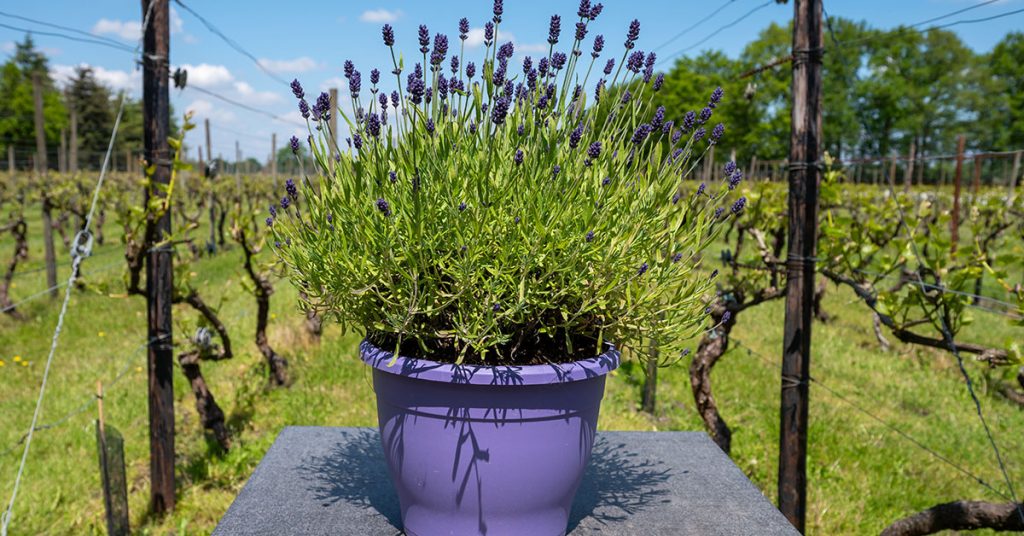
Lavender is not only a beautiful and fragrant addition to any garden, but it also repels a variety of pests, including mosquitoes, flies, and moths. Its soothing scent is delightful to humans but deters many unwanted insects. Lavender can also attract beneficial pollinators like bees and butterflies.
To grow lavender, plant it in well-drained soil and ensure it gets plenty of sunlight. Lavender prefers dry conditions, so be careful not to overwater. Prune the plants regularly to maintain their shape and encourage new growth. Lavender’s versatility and pest-repelling properties make it an excellent choice for any garden.
Nasturtiums
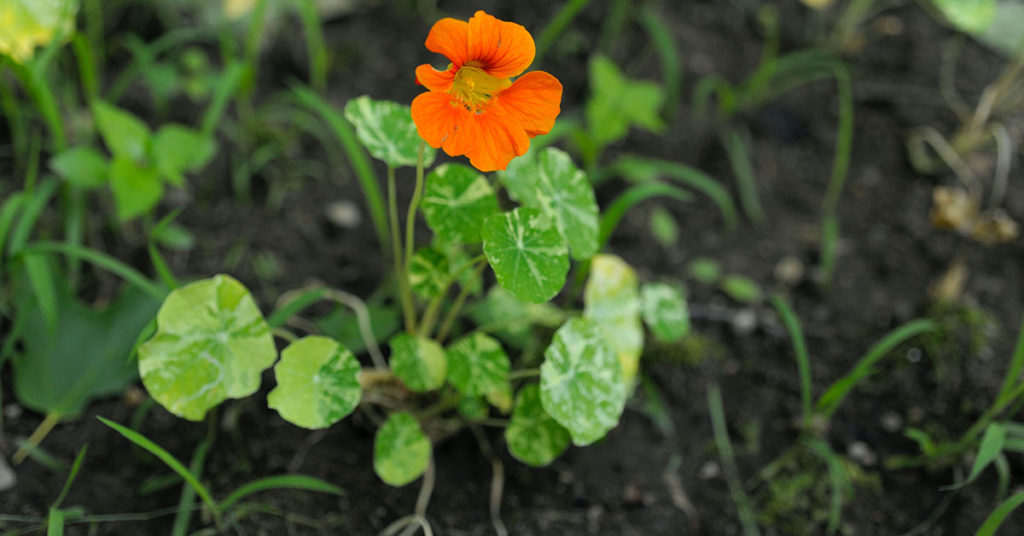
Nasturtiums are not only lovely with their bright, cheerful flowers, but they are also excellent at repelling pests like aphids, whiteflies, and squash bugs. These flowers release a chemical that deters insects, making them perfect companions for your vegetable garden.
To care for nasturtiums, plant them in well-drained soil and place them in a sunny to partially shaded spot. They are relatively low-maintenance and thrive in poor soil conditions, which makes them even easier to grow. Regular watering is essential, especially in dry conditions. Nasturtiums are a fantastic addition to any garden, providing both beauty and natural pest control.
Chrysanthemums
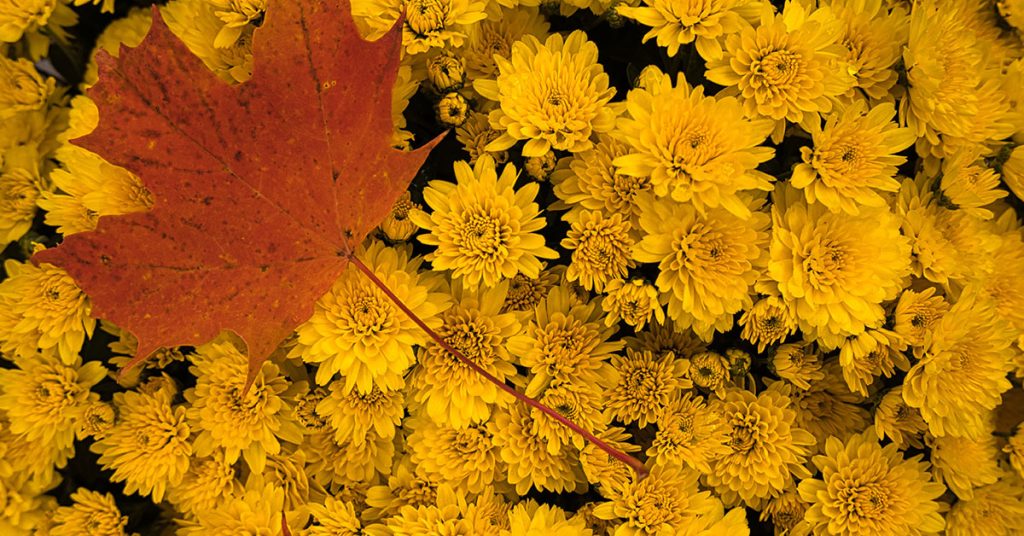
Chrysanthemums, or mums, are renowned for their vibrant blooms and their ability to repel a variety of pests, including ants, roaches, ticks, and fleas. They contain a natural insecticide called pyrethrum, which is effective against many garden pests.
To grow chrysanthemums, plant them in well-drained soil and place them in a sunny spot. Mums prefer full sun and require regular watering to keep the soil moist. Deadhead spent flowers to encourage continuous blooming and keep the plants looking their best. Chrysanthemums are a powerful and attractive addition to your pest-repelling garden arsenal.
Petunias
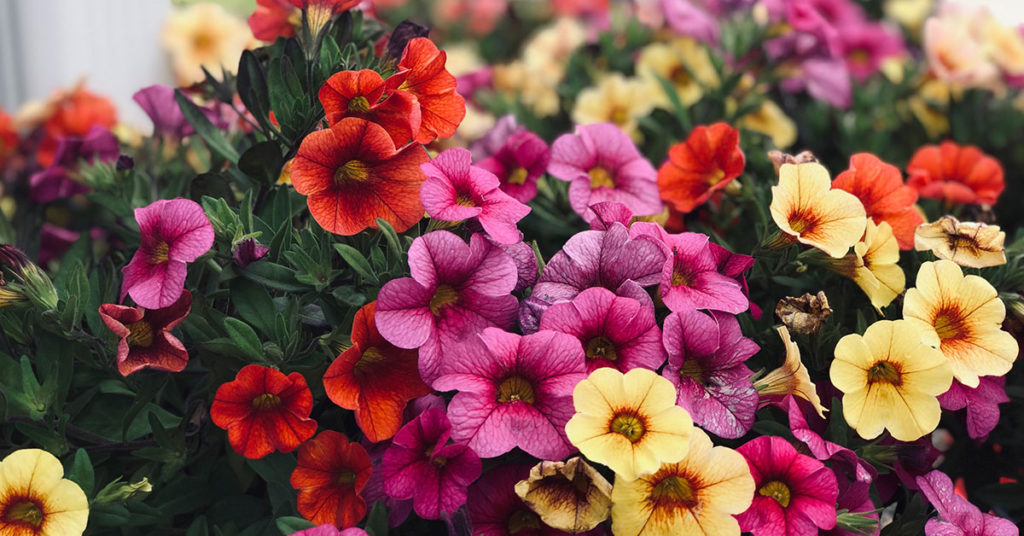
Petunias are beautiful, trumpet-shaped flowers that can help keep your garden pest-free by repelling aphids, tomato hornworms, and asparagus beetles. These easy-to-grow flowers are not only effective against pests but also add a splash of color to your garden.
To care for petunias, plant them in well-drained soil and place them in full sun. They need regular watering, especially during hot, dry periods. Deadheading spent flowers will encourage more blooms and keep the plants looking tidy. Petunias are a delightful and practical choice for any garden.
Alliums

Alliums, which include garlic, onions, and chives, are fantastic at repelling pests like aphids, carrot flies, and Japanese beetles. Their strong smell deters many insects, making them great companion plants for your vegetable garden.
To grow alliums, plant them in well-drained soil and ensure they get plenty of sunlight. They are relatively low-maintenance and thrive in a variety of soil conditions. Regular watering is important, but be careful not to overwater. Alliums not only help protect your garden but also provide edible benefits.
Geraniums
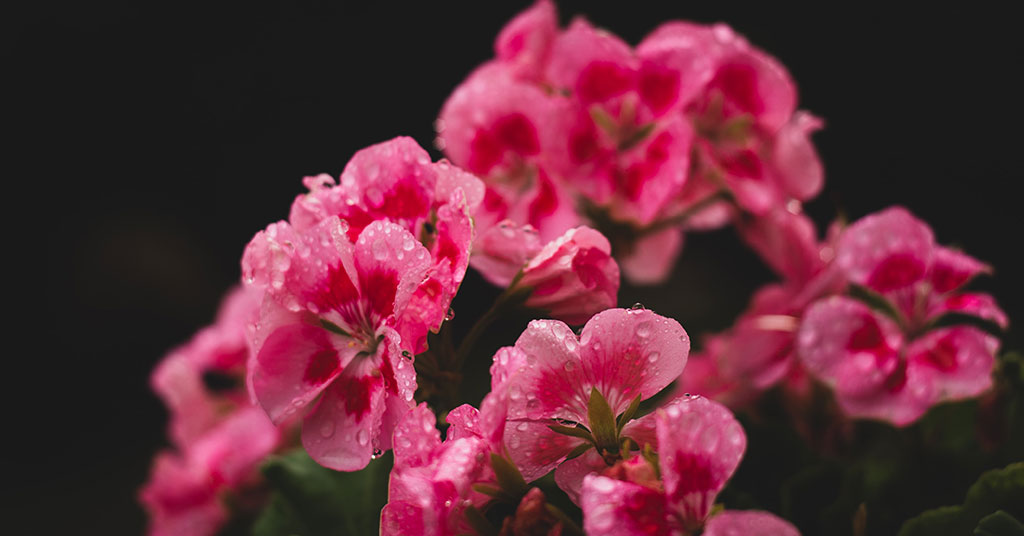
Geraniums are popular for their vibrant flowers and pleasant scent, but they are also effective at repelling mosquitoes, flies, and other insects. Their strong fragrance is a natural deterrent to many pests, making them a useful addition to any garden.
To care for geraniums, plant them in well-drained soil and place them in a sunny location. Geraniums prefer full sun and need regular watering to keep the soil moist. Pruning spent flowers will encourage new blooms and maintain the plant’s appearance. Geraniums are a beautiful and practical choice for pest control.
Calendula

Calendula, also known as pot marigold, is a bright and cheerful flower that repels a variety of pests, including aphids, mosquitoes, and tomato hornworms. Its strong scent acts as a natural deterrent, making it an excellent companion plant for your garden.
To grow calendula, plant it in well-drained soil and place it in full sun to partial shade. Calendula is relatively easy to care for and requires regular watering, especially during dry spells. Deadheading spent flowers will encourage continuous blooming and keep the plants looking vibrant. Calendula is a charming and effective addition to any garden.
Mint
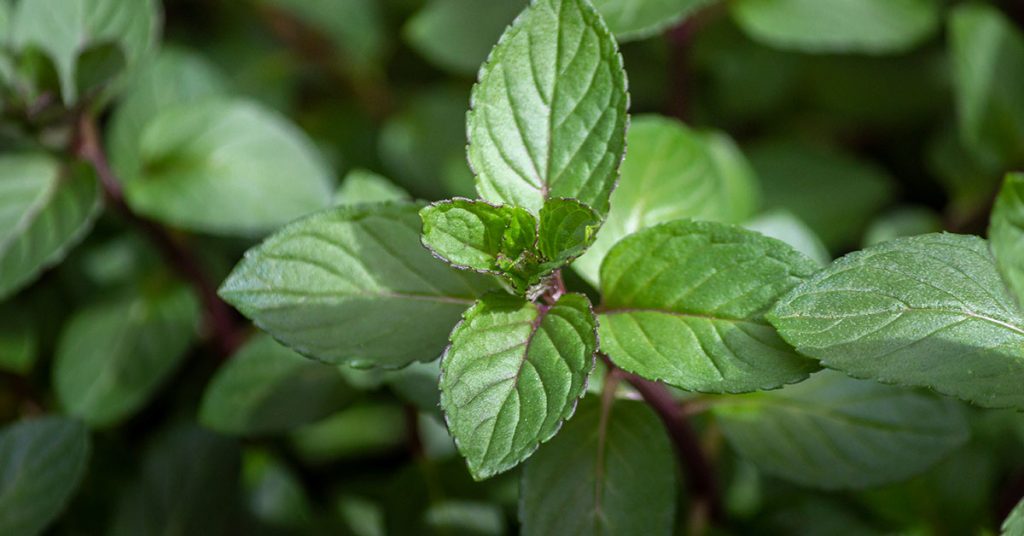
Mint is a fragrant herb that repels a wide range of pests, including ants, mosquitoes, and spiders. Its strong scent is disliked by many insects, making it a useful plant to grow around your garden and home.
To grow mint, plant it in well-drained soil and place it in a sunny to partially shaded spot. Mint spreads quickly and can become invasive, so it’s best to grow it in a container to keep it under control. Regular watering and occasional pruning will keep the plant healthy and productive. Mint’s pest-repelling properties and culinary uses make it a great addition to any garden.
Catnip
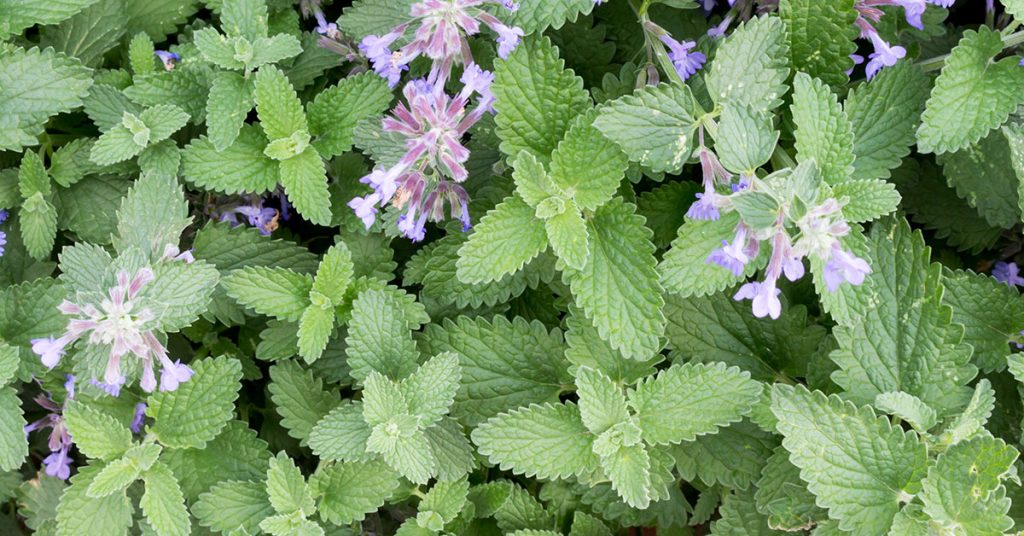
Catnip is not only loved by cats but also disliked by pests such as mosquitoes, ants, and cockroaches. Its strong scent acts as a natural insect repellent, making it a valuable plant for keeping pests away from your garden.
To grow catnip, plant it in well-drained soil and place it in a sunny spot. Catnip is relatively low-maintenance and requires regular watering to keep the soil moist. Pruning the plant regularly will encourage new growth and prevent it from becoming too leggy. Catnip’s dual role as a pest repellent and a treat for your feline friends makes it a wonderful addition to any garden.
Integrating these pest-repelling flowers into your garden not only enhances its beauty but also provides natural and effective pest control. By choosing these plants, you can create a healthier and more enjoyable gardening experience.


